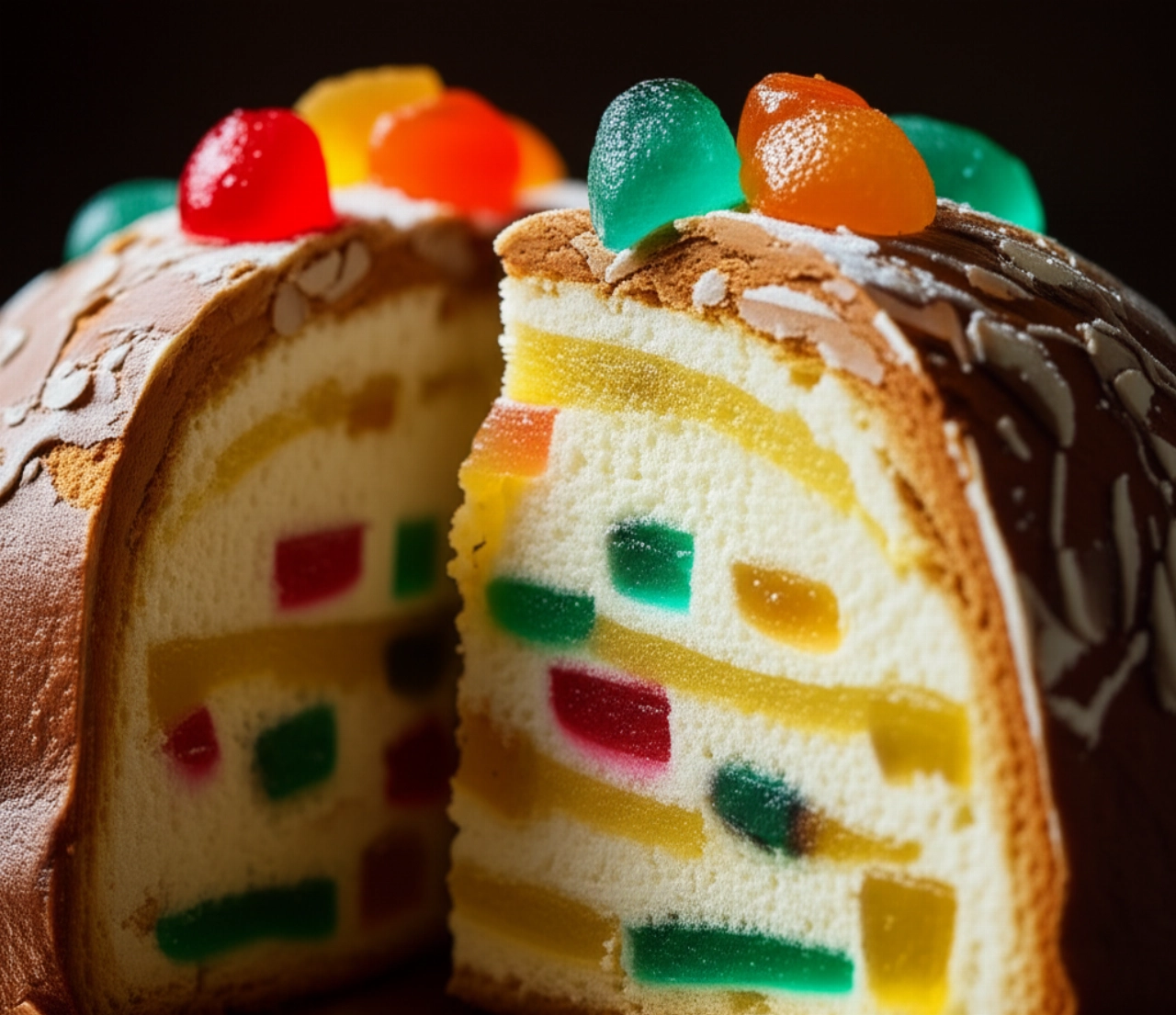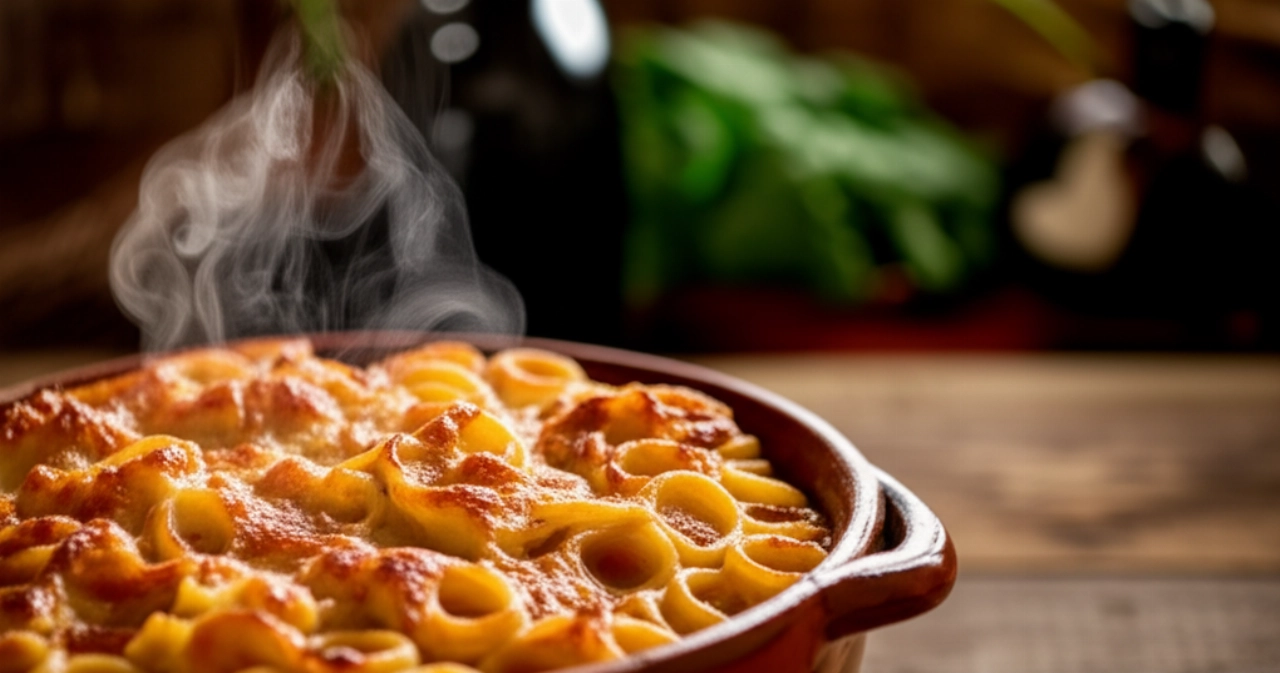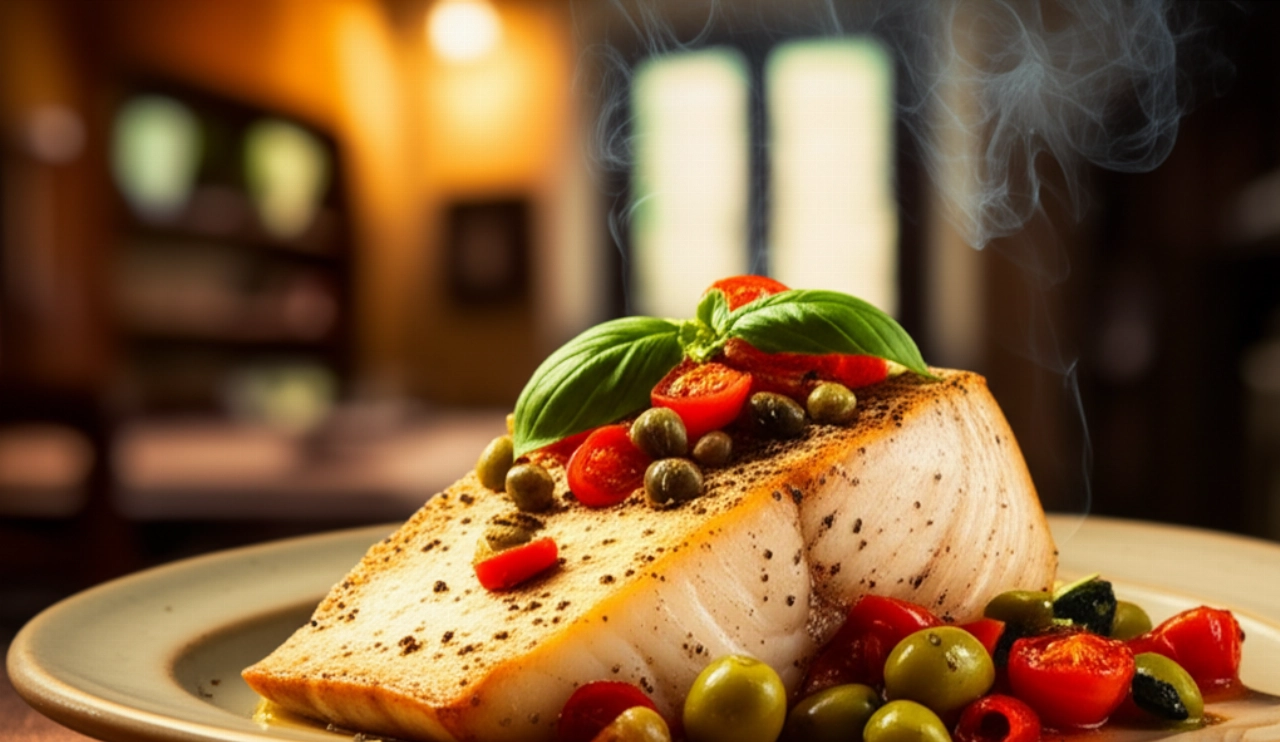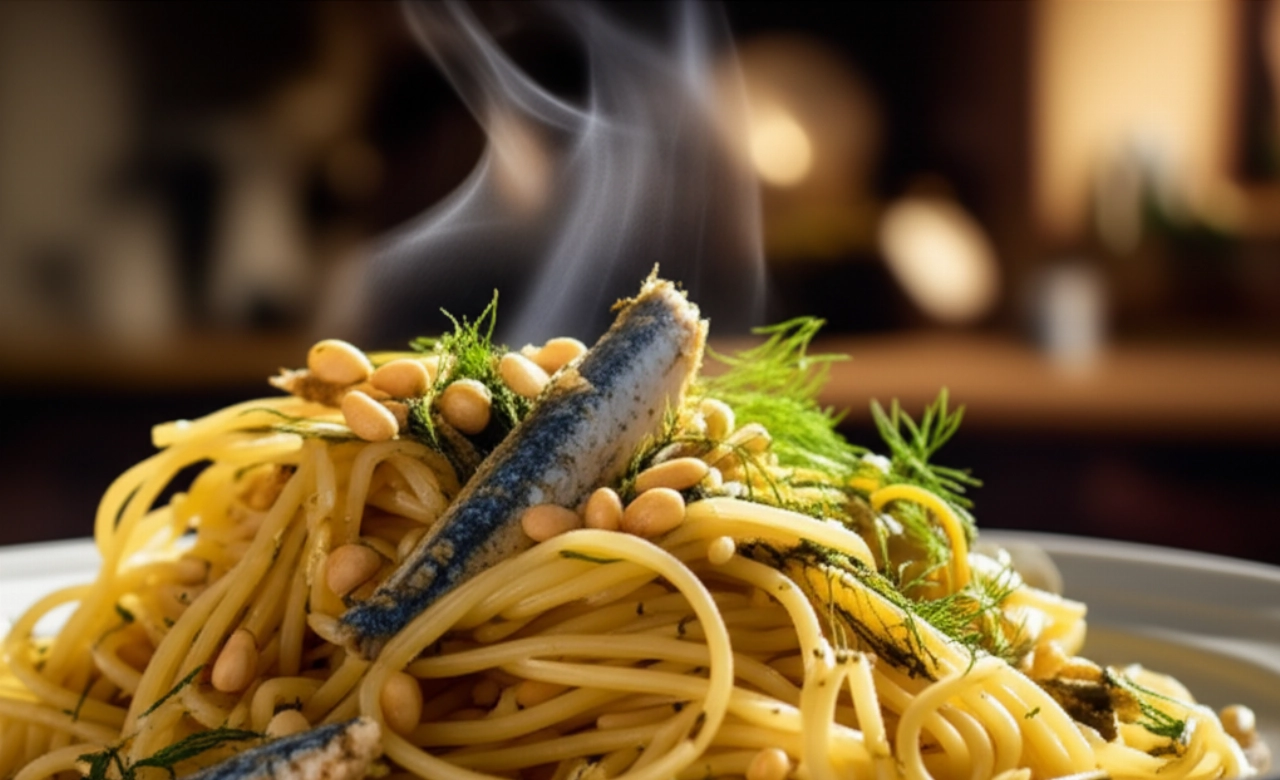There's a scent that smells of home, of celebration, of hugs and childhood memories. It's the unmistakable aroma of baked pasta slowly cooking, promising a gooey center and a soul-warming flavor. A dish that immediately evokes family Sundays, special occasions, or simply the desire for comfort food that wraps around you like an embrace.
But how many times have you dreamed of that perfect result only to end up with pasta that's too dry, a bland sauce, or cheese that doesn't melt properly? Preparing 'that real' baked pasta, the kind that makes you exclaim 'Wow!', might seem like a challenge, a task for Michelin-starred chefs or grandmothers with decades of experience.
Fear not, my friend. I'm here to reveal every secret. In this guide, you won't just find a list of ingredients, but the infallible path to creating the ultimate Baked Pasta, the one that will make you feel like a true chef and guarantee applause. Success is guaranteed, grandma's honor!
I'll guide you step by step to achieve a baked pasta where every layer is an explosion of flavor, with al dente pasta, rich ragù, velvety béchamel, and gooey cheese, without ever being dry or heavy. This is our secret: the perfect balance of flavors and textures.
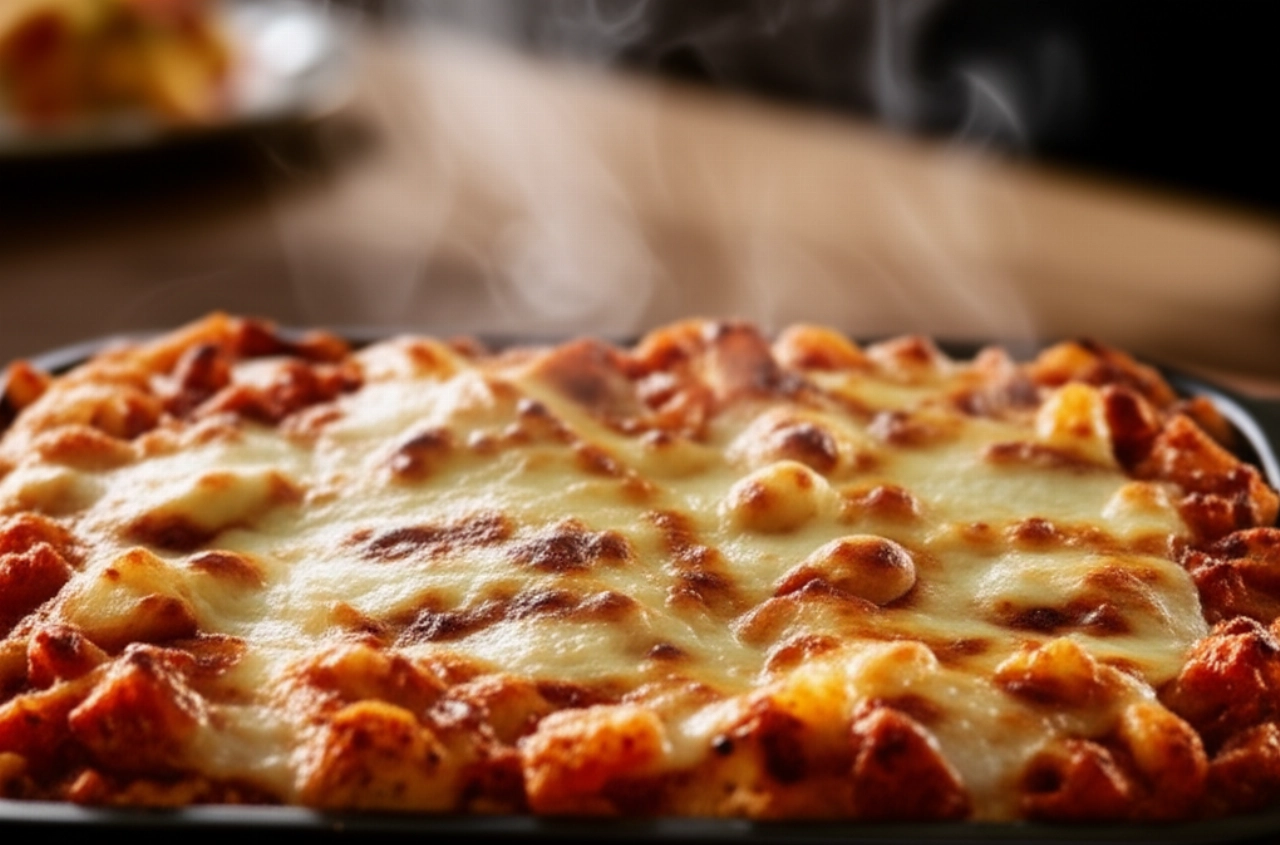
Smart Ingredients: The Choice That Makes the Difference
For a Baked Pasta that leaves its mark, the quality and choice of ingredients are fundamental. It's not just a list, but a reasoned selection for the success of your dish.
- The Pasta: Rigatoni or Maccheroni (500g): Choose short, ridged shapes with a rough surface. They are perfect for capturing and holding the ragù and béchamel, ensuring every bite is an explosion of flavor. Smooth pasta wouldn't do justice to this masterpiece.
- Meat Ragù (for about 1 kg of ragù):
- Mixed Ground Meat (500g, beef and pork): The mix is crucial. Beef provides flavor and structure, pork adds tenderness and succulence. Ask your butcher for ground meat that's not too lean.
- Quality Tomato Passata (700g): Choose a thick and flavorful passata, possibly San Marzano tomatoes or a variety you love. It's the base of your sauce, don't skimp on quality.
- Vegetables for Soffritto (1 carrot, 1 celery stalk, 1 small onion): Finely chopped, they are the soul of the ragù, adding sweetness and depth of flavor.
- Red Wine (1/2 glass): To deglaze the meat, it adds aromatic complexity and helps scrape up all the flavors from the bottom of the pot.
- Extra Virgin Olive Oil, Salt, Pepper, Bay Leaf or Basil: Essential for seasoning and flavoring.
- Velvety Béchamel (about 500ml):
- Butter (50g): The fat base for the roux.
- All-Purpose Flour (50g): For thickening. The butter/flour proportions are essential for lump-free béchamel.
- Whole Milk (500ml): Whole milk ensures creaminess and a richer flavor.
- Nutmeg (a pinch): The classic aroma that perfectly complements béchamel.
- Salt (to taste): To balance the flavors.
- Cheeses for Gooeyness and Flavor:
- Mozzarella Fior di Latte (250g): Essential for gooeyness. Remember to drain it very well and cut it into cubes to prevent it from releasing too much water into the dish.
- Grated Parmigiano Reggiano (100g): For a savory and decisive flavor, and to create that golden crust on the surface.
- Smoked Scamorza (50g, optional): If you love a smoky touch and even more intense gooeyness, it's a wonderful addition.
- Hard-Boiled Eggs (2-3): A classic of Sicilian tradition, they add texture and a rustic touch.
- Fried Eggplant (1 medium eggplant, optional): If you want an even more authentic and delicious touch, cubed fried eggplant is a must. Remember to drain them well from excess oil.
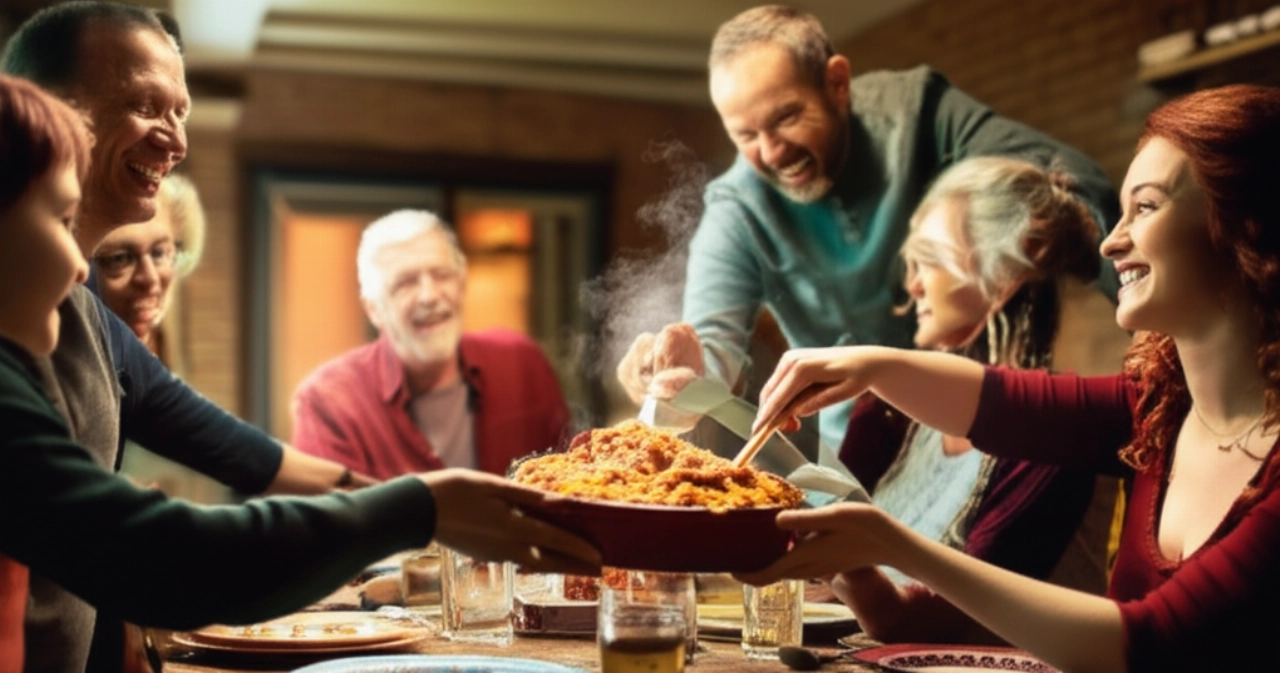
The 3 Common Baked Pasta Mistakes (and How to Avoid Them)
Even the most experienced cooks can fall into these traps. But not you! Knowing them will allow you to avoid them and guarantee an impeccable result.
- Initially Overcooked Pasta: This is mistake number one. Baked pasta cooks twice: first in the pot, then in the oven. If you overcook it the first time, it will become mushy and soggy in the oven. The secret is to drain it very, very al dente, almost raw, at least 3-4 minutes before the time indicated on the package. It will finish cooking by absorbing the flavors of the sauce and béchamel, remaining perfect.
- Ragù and Béchamel of Incorrect Consistency: If the ragù is too liquid, the baked pasta will be watery. If it's too thick, it will be dry. The same applies to the béchamel. The ragù should be full-bodied but not dry, the béchamel velvety but not too thick (it should coat the spoon). Find the right balance: they should be fluid enough to coat the pasta, but not to water it down.
- Cheeses That Don't Melt or Burn: Fresh mozzarella (fior di latte) is excellent, but it must be drained well in advance (even an hour) and patted dry with absorbent paper to eliminate excess water. Otherwise, it will release liquids that will make the dish watery and prevent the cheese from melting properly. Don't overdo it with Parmigiano on the surface at the beginning of cooking; you can add a little more halfway through cooking or in the last few minutes for a perfect gratin without burning.
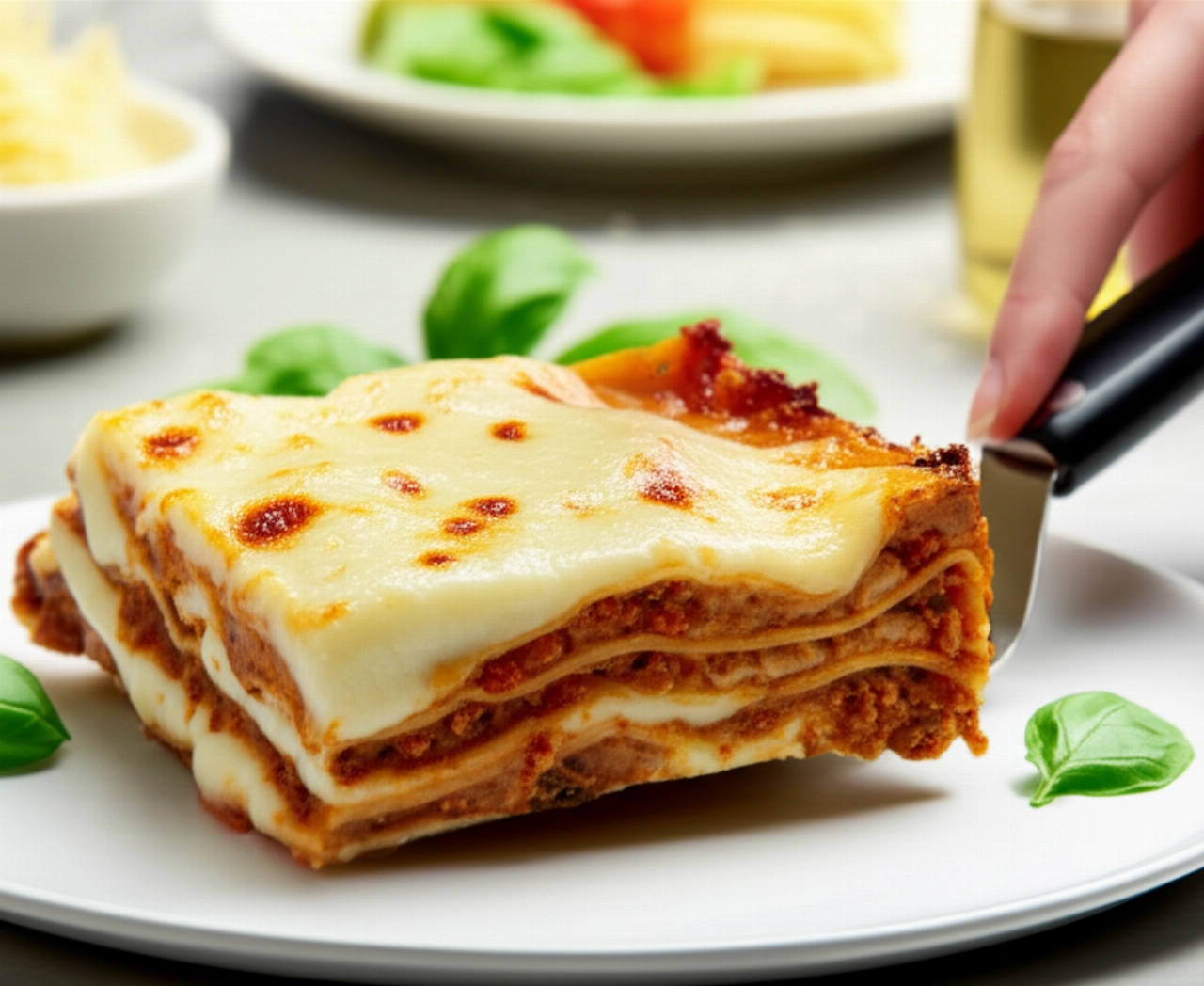
Grandma's Secret: The Magic Touch for Unforgettable Baked Pasta
Every grandma has her tricks, and mine was no exception. These small tips, passed down from generation to generation, make the difference between good baked pasta and a legendary one.
My grandma always said that the secret to perfect baked pasta lies in 'resting'. After assembling it and before baking, she would let it rest for at least half an hour, sometimes even an hour, at room temperature. This allowed the flavors to meld, the ragù and béchamel to slightly penetrate the pasta, and all the ingredients to 'get to know each other' better. The result? Incredibly juicy, flavorful, and compact baked pasta that could be cut into perfect slices without falling apart. Try it, and you'll never go back!
Another less-known but equally effective trick is to add a ladleful of pasta cooking water to the ragù before seasoning. The starch released by the pasta into the water helps create a kind of 'creamy sauce' that binds the sauce better to the pasta, making it even more enveloping and less dry. It's a small gesture, but the result will surprise you!
Let's Prepare Baked Pasta Together: The Step-by-Step Guide
1. Prepare the Ragù: The Heart of the Dish
- In a large pot, heat a drizzle of extra virgin olive oil. Add the finely chopped carrot, celery, and onion and let them sauté gently over low heat until softened and fragrant (about 10 minutes).
- Add the ground meat and brown it over high heat, breaking it up well with a wooden spoon. Once it has changed color and is nicely browned, deglaze with red wine. Let the alcohol evaporate completely.
- Pour in the tomato passata, add a bay leaf (or a few fresh basil leaves), salt, and pepper. Mix well, bring to a boil, then lower the heat to a minimum, cover, and let it simmer for at least 1 and a half hours (preferably 2-3 hours), stirring occasionally. The longer it cooks, the more flavorful it will be.
2. Prepare the Béchamel: The Velvety Embrace
- In a small saucepan, melt the butter over medium heat. As soon as it's melted, add all the flour at once and whisk vigorously to create a roux (a thick paste). Cook for one minute, stirring, to toast the flour.
- Remove the saucepan from the heat and gradually add the cold milk in a thin stream, stirring continuously with a whisk to prevent lumps from forming.
- Return to medium-low heat and continue stirring until the béchamel has thickened, reaching the desired consistency (it should coat the spoon). Add a pinch of nutmeg and salt. Remove from heat and cover with plastic wrap directly on the surface to prevent a skin from forming.
3. Cook the Pasta: Al Dente is the Watchword
- Bring a large pot of salted water to a boil. Add the pasta and cook it for much less time than indicated on the package (about 3-4 minutes less). It should be very al dente, almost raw.
- Drain the pasta and immediately transfer it to a large bowl. Season it with a generous ladleful of ragù and a little béchamel, mixing well to prevent it from sticking.
4. Prepare the Other Ingredients
- Cut the mozzarella into cubes and let it drain in a colander for at least 30 minutes, then pat it dry with absorbent paper.
- Slice the hard-boiled eggs into rounds or wedges.
- If using eggplant, cut it into cubes, fry it in plenty of seed oil, then drain it on absorbent paper to remove excess oil.
5. Assemble the Baked Pasta: The Art of Layers
- Take a baking dish (approx. 30x20 cm) and spread a ladleful of ragù on the bottom.
- Make a first layer of seasoned pasta.
- Spread some ragù, a few tablespoons of béchamel, mozzarella cubes, a few slices of hard-boiled egg, some eggplant (if using), and a generous sprinkle of Parmigiano Reggiano over the pasta.
- Repeat the layers until all ingredients are used, finishing with a generous layer of ragù, béchamel, and a liberal dusting of Parmigiano Reggiano for a perfect crust.
- Grandma's secret: Let the baking dish rest at room temperature for at least 30 minutes before baking. This will allow the flavors to meld and the pasta to absorb the liquids.
6. Bake and Gratinate: The Magic Moment
- Preheat the static oven to 180°C (350°F).
- Bake the dish for about 25-30 minutes, or until the surface is golden brown and the cheese is gooey and bubbling. If necessary, in the last 5 minutes, you can activate the grill function for a crispier crust.
- Once cooked, remove the baked pasta from the oven and let it rest for at least 10-15 minutes before serving. This is crucial for it to set and to be able to cut it into perfect slices without falling apart.
Tips and Frequently Asked Questions about Baked Pasta
Still have some doubts? Here are the answers to the most common questions to guarantee your total success.
Can I prepare baked pasta in advance?
Absolutely yes! Baked pasta is one of those dishes that benefits from advance preparation. You can assemble it completely the day before, cover it with plastic wrap, and store it in the refrigerator. Take it out of the fridge at least 30 minutes before baking to let it return to room temperature. It will be even more flavorful!
How can I make it lighter?
If you want a less rich version, you can opt for a ragù with leaner ground meat (beef only), slightly reduce the amount of béchamel, or prepare it with skim milk. You can also increase the amount of vegetables in the ragù or add a layer of grilled vegetables (zucchini, eggplant) to lighten the dish without sacrificing flavor.
Can I freeze baked pasta?
Yes, baked pasta freezes very well. You can freeze it both cooked and uncooked. If cooked, let it cool completely, portion it, and store it in freezer-safe containers. To thaw it, you can transfer it directly from the freezer to a preheated oven (at a lower temperature, about 160°C / 325°F) for a longer time, or thaw it in the fridge before reheating. If uncooked, assemble it, cover it well, and freeze it. Bake it directly from frozen, increasing the cooking times.
Why is my baked pasta dry?
There are three main causes: pasta initially overcooked (it absorbs too much sauce in the oven and dries out), ragù and/or béchamel too thick or in insufficient quantity, or excessive baking time. Make sure the pasta is very al dente, that the sauces are fluid enough to coat all ingredients, and don't overdo the baking time.
What's the best cheese for gooeyness?
Mozzarella fior di latte is the queen of gooeyness, but it's crucial to drain and pat it very well to eliminate excess water. Scamorza, both sweet and smoked, is also excellent for its ability to melt and add flavor. Parmigiano Reggiano, on the other hand, provides flavor and a golden crust, but doesn't have the same melting capacity.
A Masterpiece of Flavor and Tradition: Your Perfect Baked Pasta
There you have it! Now you no longer just have a recipe, but all the secrets to bring to the table a Baked Pasta that is a true masterpiece of flavors and textures. A dish that speaks of tradition, family, and that warmth that only Italian cuisine can provide. Every forkful will be a hymn to taste and the joy of being together.
Now it's your turn! Don't be afraid to get cooking, follow my advice, and you'll see that success is guaranteed. Cooking is a gesture of love and creativity. Start with this solid foundation, and you'll see that applause will not be lacking, and your table will be a triumph of aromas and smiles.
Have you prepared your Baked Pasta following our guide? We're very curious to see your masterpiece! Leave a comment below, tell us how it went, or share a photo on Instagram by tagging @CercaRicette.it. And if you love rich and comforting first courses, don't miss our recipe for Original Bolognese Lasagna or a classic like Sicilian Rice Timballo!
